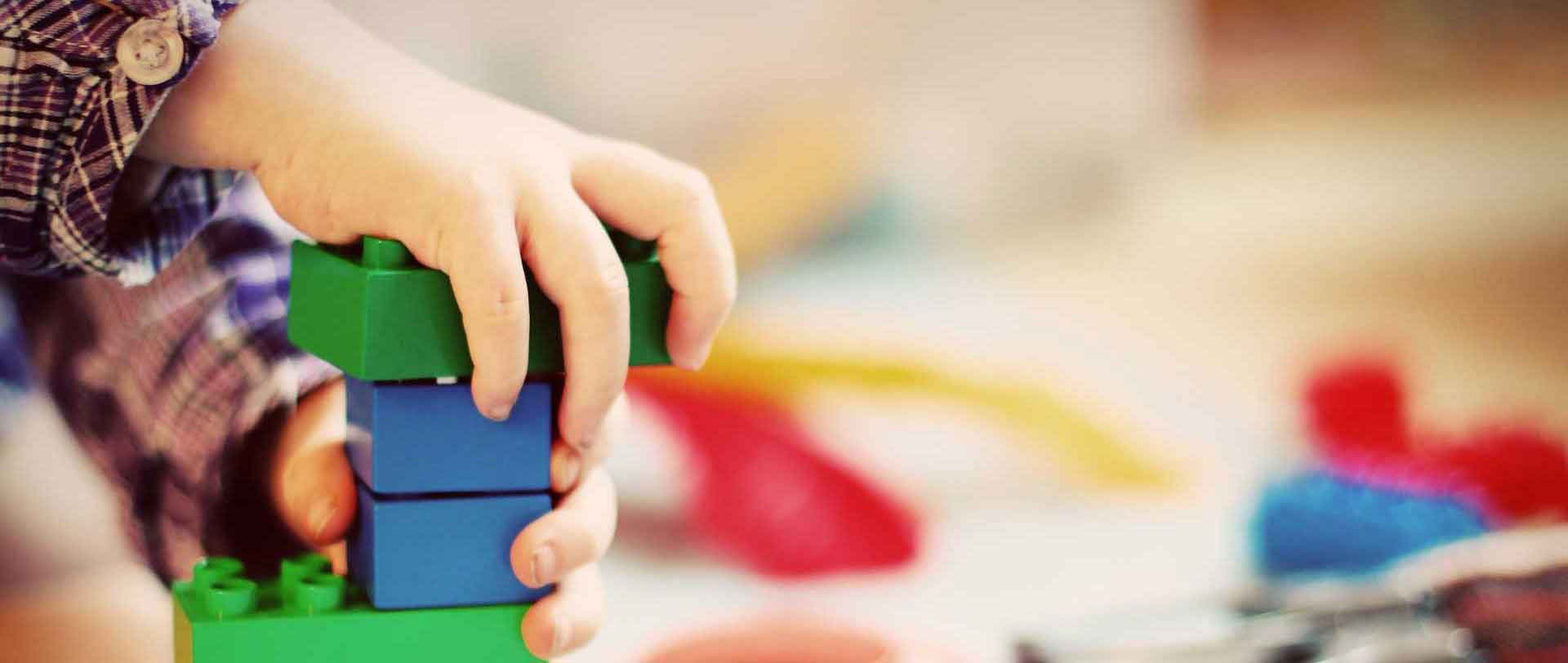
Block Building for Young Children
Teachers are often asked by parents why their children are "playing instead of learning" while in school. Parents may not realize that play and fun are essential components of brain and motor skills development, and so important in developing a love of learning and continued interest in school. Educational consultant and mentor, and Seedlings' own Workshop director, Judy Cuthbertson is on a mission to help demystify play in the learning process and explain its importance to both educator and parent. Teachers: feel free to copy and paste the text below into communications home to parents of your students.
Children are natural block builders. They stack up anything they can hold – cups, rocks, books and all sorts of blocks. Watching them tells us it’s a high interest activity filled with conversation and cooperation. But what are they really learning? Block building incorporates learning in all areas of a child’s development – science, math, literacy, social studies, motor and social-emotional growth. Here, we’re going to focus on math and science, two important elements of STEM learning. Studies show that STEM learning (science, technology, engineering and math) is vital for gaining 21st century skills. Schools all around the world are turning their attention to STEM skills so that their students can become part of a new global economy. Believe it or not, STEM begins with block building for young children. Here are some of the benefits of encouraging your child to build and tinker and explore with blocks.
Math
When your child builds with blocks, she is beginning to learn about math and architecture and how different materials work together. To do this, she naturally learns about measurement, patterns, numbers, scale and fractions.
- Geometry. Holding blocks of varying shapes gives children important sensory information about corners, edges, planes and angles. Geometry is concerned with viewpoints, and children experience different viewpoints by building. Seeing objects and structures from a variety of angles and sides and from near and far helps children with perspective.
- Concepts of space. Learning simple and important concepts of space (up, down, over, under, above, below and behind) is best learned through actual experience; it is the actions performed on blocks that help children understand these spatial concepts.
- Length. When children first begin to build, they place blocks next to each other, apart from one another and one after the other. Eventually, these ideas emerge into the concept of length.
- Area and volume. Children frequently enclose areas in their play. An outline form is one of the simple beginning structures they make. The word “area” for a child means “amount of surface.” A child learns this concept by building, looking at tables in the classroom or painting on an easel. She may say, “This table is BIGGER than that one,” but she really means it has more surface space.
- Matching and Numbers. Cleaning up blocks, in itself an important task, helps children learn in several ways. They learn to identify and match different shapes and gain actual experience with number.
.
Science
When children use blocks, they learn about properties of matter (size, shape, weight, thickness), a system of building, space and form. This all happens over the course of years, and develops at different rates with different children. The more they explore blocks, the stronger their mathematical and scientific skills become.
- Classification: this is an important concept for scientific thinking. Children learn to classify the shape of blocks by matching shapes.
- Systems: children learn that block building is a system made up of balance parts. They learn that there are patterns that need to be followed and repeated over and over. By building, they learn that balance and stability are ruled by gravity. Through trial and error, they figure out how to place the blocks so that they don’t topple over.
- Space: children learn about space when they build. Bridging space with the correct size block is a challenge, and within an enclosure, they learn which size blocks will fit and which won’t (scale).
